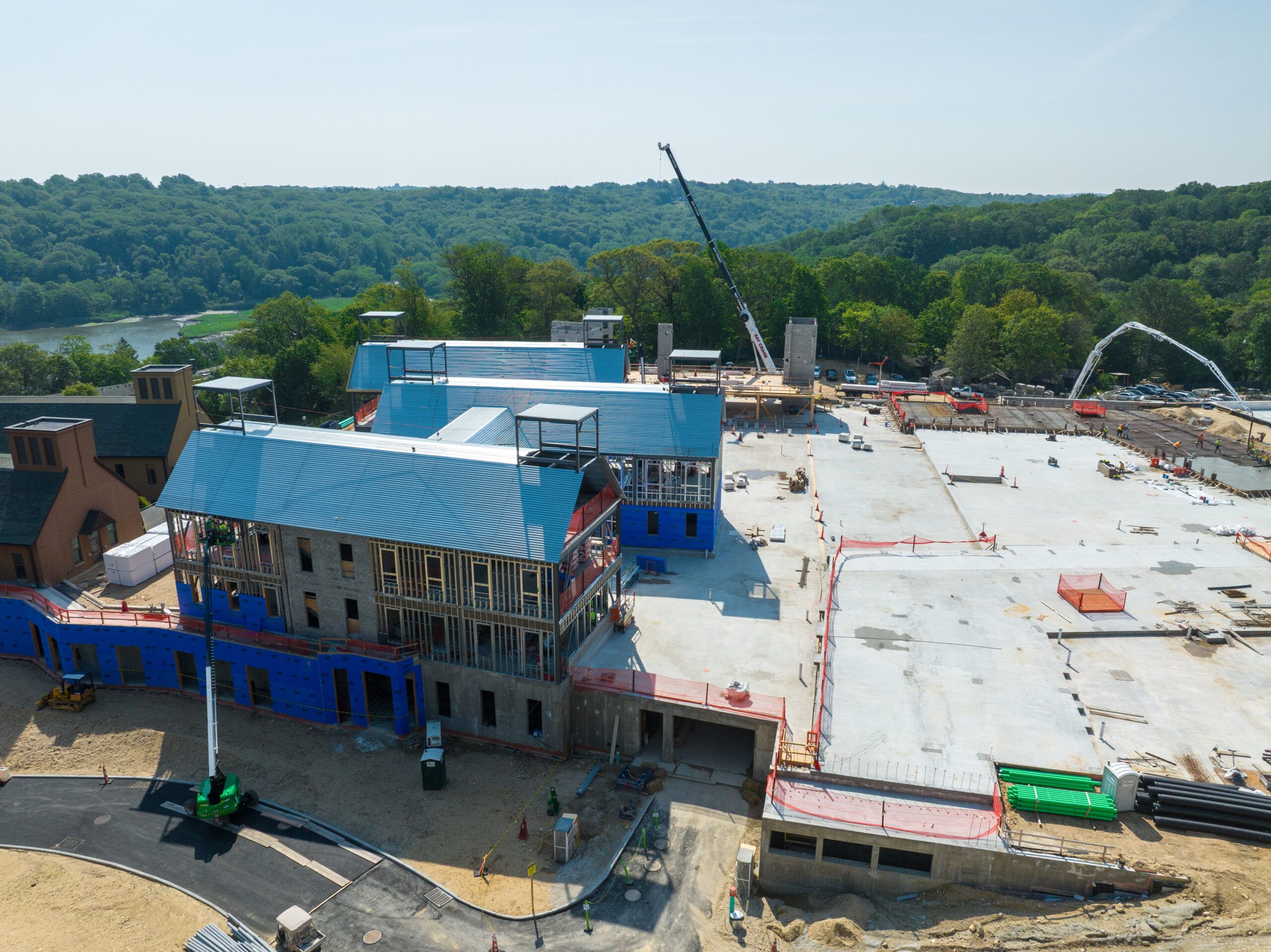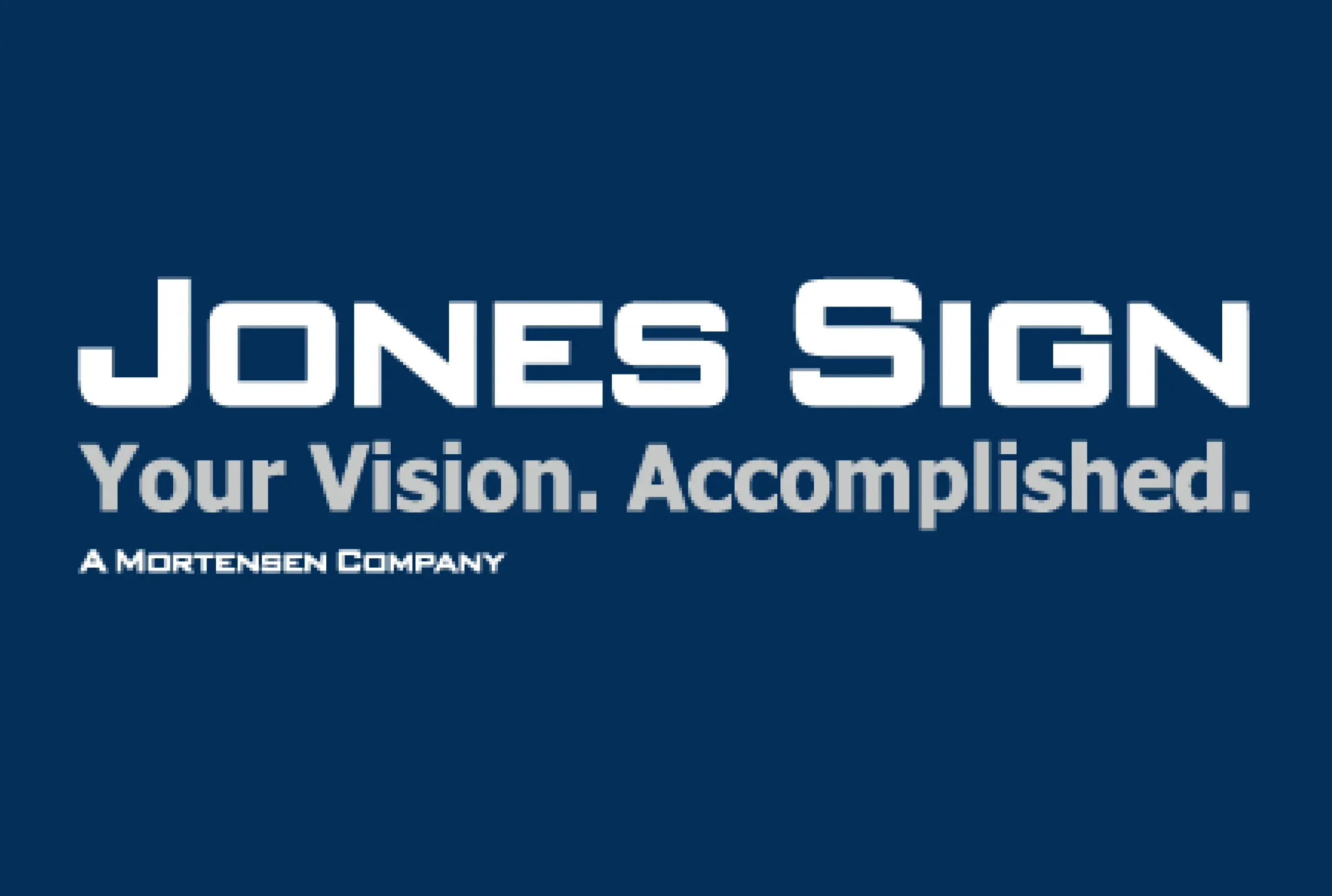Equipment theft is a massive headache for the construction industry. Every year, companies lose millions of dollars because of stolen machinery and tools. According to the National Equipment Register, over $1 billion worth of equipment vanishes in the United States alone annually. That’s not just a hit to the wallet—it’s a wrecking ball to project timelines, workflows, and even reputations. So, how do construction companies fight back? One smart answer is asset monitoring. Let’s dive into how this technology can help keep your gear safe and your projects on track.
What Is Asset Monitoring, Anyway?
Asset monitoring is all about keeping tabs on your equipment using tech. Think GPS trackers, RFID tags, or even Bluetooth beacons attached to your machines and tools. These gadgets talk to a software platform that gives you real-time updates on where your stuff is, what it’s doing, and whether it’s safe. It’s like having a security guard who never sleeps, watching over everything from bulldozers to power drills. With asset monitoring, you can deter thieves, recover stolen items fast, and breathe a little easier knowing your assets are under control.
The Big Problem of Equipment Theft
Let’s paint a picture: you’re running a construction site, and one morning, a $100,000 excavator is just… gone. That’s not just a financial loss—it’s a delay waiting to happen. Projects grind to a halt while you scramble to replace it, insurance premiums spike, and your crew is left twiddling their thumbs. Even smaller thefts, like missing tools, add up fast. On a big site, losing a few drills or saws every month can quietly drain your budget. Asset monitoring steps in to stop this chaos before it starts.
How Asset Monitoring Works Its Magic
So, how does it actually work? For heavy machinery like cranes or loaders, GPS trackers are the star of the show. They pinpoint your equipment’s exact location in real time. Some even let you set up geofences—virtual boundaries around your site. If something crosses that line without permission, bam, you get an alert. For smaller gear, RFID tags are a game-changer. Stick them on your tools, set up readers at the gate, and you’ll know if anything’s missing at the end of the day. It’s simple, effective, and keeps thieves on their toes.
Real-World Wins with Asset Monitoring
Let’s talk real stories. A construction company in Texas had a thief snatch an excavator in the dead of night. Thanks to the GPS tracker on it, they watched its every move on their asset monitoring platform. They called the cops, gave them the exact location, and had the machine back by morning. No weeks of delays, no massive loss—just a quick recovery. Then there’s a contractor in California who was fed up with losing tools. They slapped RFID tags on everything and started scanning daily. Theft dropped, and they saved a bundle on replacements. These aren’t hypotheticals—this is asset monitoring in action.
Beyond Theft: Extra Perks of Monitoring
Here’s the kicker: asset monitoring isn’t just about stopping thieves. It’s also a productivity booster. Those same GPS trackers can tell you how often a machine’s being used, so you’re not overworking one while another sits idle. Some systems even track engine hours or fuel levels, flagging when it’s time for maintenance. Fewer breakdowns, less downtime, longer equipment life—it’s a win-win. Sure, it starts with security, but it ends up streamlining your whole operation.
Addressing the “Yeah, But…” Concerns
Now, you might be thinking, “This sounds great, but what’s the catch?” Cost is a big one. Setting up asset monitoring isn’t free—trackers, tags, and software subscriptions add up. But let’s flip that: replacing a stolen backhoe costs way more, and that’s before you factor in lost time and higher insurance rates. Over the long haul, the investment pays off. Plus, many providers offer flexible plans, so even smaller outfits can get in on the action without breaking the bank.
Is It Too Complicated?
Another worry: “I don’t have time to learn some fancy tech.” Fair point, but here’s the good news—asset monitoring has gotten way easier. Most systems are plug-and-play. Slap a tracker on your gear, log into an app, and you’re good to go. No PhD required. Providers often throw in support, too, so you’re not left fumbling. Some even offer trial runs—test it on a few machines, see the results, and decide if it’s worth scaling up. It’s less hassle than you’d think.
Safety and Rules, Too
Asset monitoring doesn’t just protect your stuff—it can keep your site safer. By tracking who’s using what, you can make sure only trained folks are running the big machines. Fewer accidents, happier crew. Plus, it helps with compliance. Need records of equipment maintenance for regulators? The system’s got you covered with detailed logs. It’s like having a built-in paperwork assistant.
The Future Is Looking Smart
The construction world’s changing, and asset monitoring is keeping up. With the Internet of Things (IoT), we’re seeing trackers that talk to drones or smart vehicles for even tighter control. Down the road, artificial intelligence might step in—imagine a system that predicts theft risks based on patterns or tweaks maintenance schedules on the fly. It’s not sci-fi; it’s the next wave of keeping your site secure and efficient.
Wrapping It Up
Equipment theft is a nightmare no construction company wants to face, but asset monitoring offers a solid defense. It’s about more than just catching thieves—it’s about protecting your investment, keeping projects moving, and running a tighter ship. Yes, there’s an upfront cost and a bit of a learning curve, but the payoff is worth it. If you’re ready to take control of your equipment, there are plenty of options out there. For example, Zenduit provides a comprehensive asset monitoring solution that makes tracking and managing your gear a breeze. Explore what works for you, and say goodbye to those theft headaches.











